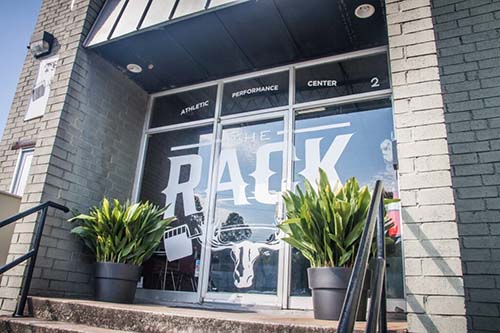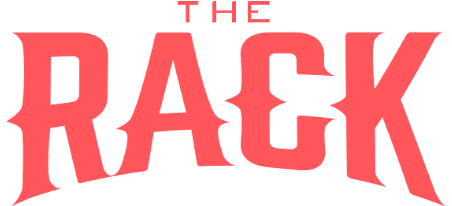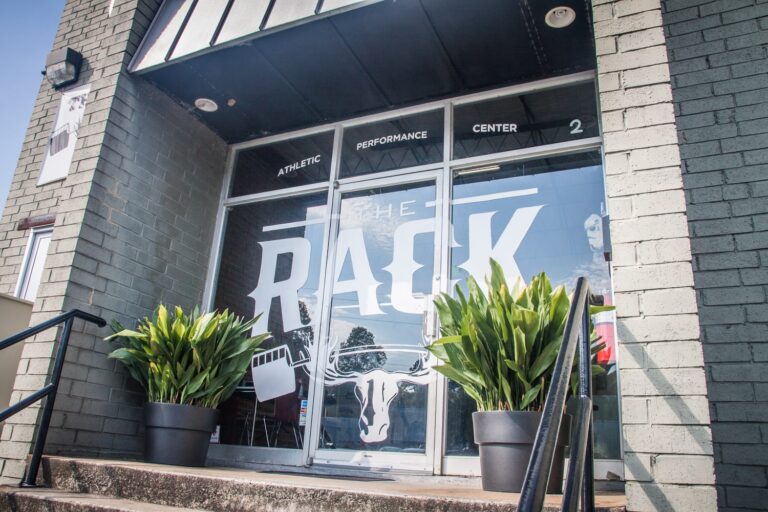5 Ways to Improve Your Squat

Squats are a great way to improve your fitness and athleticism. But if you’re not doing them correctly, you’re not getting the most out of them. Here are five ways to improve your squat.
Squats are one of the most important exercises that you can do to improve your fitness and athleticism.
They work a ton of muscles in your body, including your glutes, quads, hamstrings, and calves. And they’re not just for athletes – anyone can benefit from squats, but if you’re not doing them correctly, you’re not getting the most out of them. So today, we’re going to look at five ways to improve your squat. Let’s get started!
The Split Squat Variation
Split squat variations are a great way to change up your squat routine. By doing split squats with different leg positions, you can target different muscles and get a more well-rounded workout. You can also increase the difficulty of the split squat by adding weight or using an unstable surface. Split squat variations are popular among fitness enthusiasts and elite athletes because they are an effective way to build strength and improve balance. If you’re looking for a new challenge, try split squatting with your next workout.
There are many variations of the split squat, and each has its benefits. The traditional split squat is a great exercise for building lower body strength, and the lunge variation can help improve flexibility and balance. The Bulgarian split squat is an excellent choice for athletes who want to build explosive power, and the rear-foot elevated split squat is perfect for targeting the glutes. No matter which variation you choose, split squats are an excellent way to build strength and improve your overall fitness.
The Front Squat Variation
Many front squat variations can be used for strength training. The most common front squat variation is the traditional front squat, which is performed with the barbell resting on the front of the shoulders. However, some variations involve holding the barbell in front of the neck or a racked position.
Some lifters even perform front squats with one arm attached to a cable machine. The beauty of front squat variations is that they can be customized to fit the individual’s needs and goals. For example, someone who is looking to increase their lower-body strength may perform heavier front squats with lower reps, while someone who is trying to improve their fitness level may perform lighter front squats with higher reps.
Regardless of the variation you choose, front squats are an excellent exercise for developing strength, power, and muscular endurance.
Ab and Oblique Work
If you’re looking to improve your squat, working on your abs and obliques will most definitely help. Strong core muscles will help you keep good form while squatting and will also help you generate more power.
As any athlete knows, a strong core is essential for peak performance. Not only does it help to improve balance and stability while doing squats, but it also provides the power and support for everything from jumping and sprinting. When it comes to training the core, most people focus on the abs. However, the obliques – the muscles that run along the sides of the torso – are just as important. That’s because they play a key role in rotational movements, such as swinging a baseball bat or golf club. In fact, some studies have shown that oblique training can actually be more effective than ab training when it comes to improving athletic performance.
There are a few simple tips that can help you build stronger abs and obliques. First, focus on quality over quantity. It’s better to do a few well-executed reps than to try and churn out a hundred half-hearted ones. Second, make sure to mix up your routine. The muscles will quickly adapt if you’re always doing the same exercises day after day. Finally, if you really want to take your ab and oblique training to the next level, consider working with an elite coach or athlete who can help you develop a bespoke program. If you’re looking for a personal trainer in the Buckhead area, the Rack is a great place to train.
Upper Back Work
Most people think of the lower body when they think of squats, but upper back strength is actually just as important for squatting correctly. When you squat, your upper back has to work hard to keep your torso upright and prevent your chest from collapsing forward. Without strong upper back muscles, you’ll not only have trouble squatting correctly, but you’ll also be at risk for injuries like lower back pain and shoulder pain. So if you’re serious about squatting correctly and staying injury-free, make sure to focus on upper back training as well as lower body training. Your body will thank you for it!
If you’re looking to improve your upper back work, there are a few tips that can help. First, it’s important to focus on upper back strength. This can be accomplished by doing things like back fly, pull-ups, and rows. Additionally, upper back training should be a part of your overall athletic training regimen. By working the upper back muscles, you’ll be better prepared for activity and less likely to experience pain or injury.
If you’re an elite athlete, consider using special equipment to help with upper back work. This might include things like Resistance Bands or weighted vests. By following these tips, you can improve your upper back work and take your squat performance to the next level.
Direct hip and glute work
Most people know that squats are important for building lower body strength. What many people don’t realize, however, is that squats alone won’t necessarily give you the results you’re looking for. To really build strength and power in your lower body, you need to focus on developing strength in your hips and glutes. This means doing specific exercises that target these muscle groups. Direct hip and glute work is essential for squats and can help you build the strength you need for better results. By focusing on developing strength in these areas, you’ll be able to squat with more weight and get better results.
If you’re looking to build strength in your hips and glutes, there are a few things you can do to make sure you’re targeting those muscles directly. First, focus on exercises that involve bringing your knees in toward your chest, like hip thrusts or donkey kicks. These moves target the muscles in your hips and thighs, which helps to strengthen your glutes indirectly. You can also try single-leg exercises like lunges or split squats, which force your glute muscles to work harder to stabilize your body.
Direct hip and glute training movements like cable kickbacks or standing Hip Abductions are very helpful exercises as well. These help to directly target the muscles in your hips and glutes, making them stronger and more defined. If you’re looking to build strength in your lower body, make sure you include Direct hip and glute training in your routine.
Conclusion
The squat is one of the most fundamental exercises that you can do in the gym. It’s a great exercise for developing strength and size in your quads, hamstrings, and glutes. But if you want to get the most out of your squats, you need to be doing them correctly. In this article, we’ve outlined five ways that you can improve your squat. We hope these tips help you start seeing better results from this essential exercise. Get to the gym today to start improving your squats! If you need any help or have questions, don’t hesitate to reach out to our team of certified personal trainers today at our contact page.
Kalil Sherrod
CPT – WSBB SPECIAL STRENGTHS


